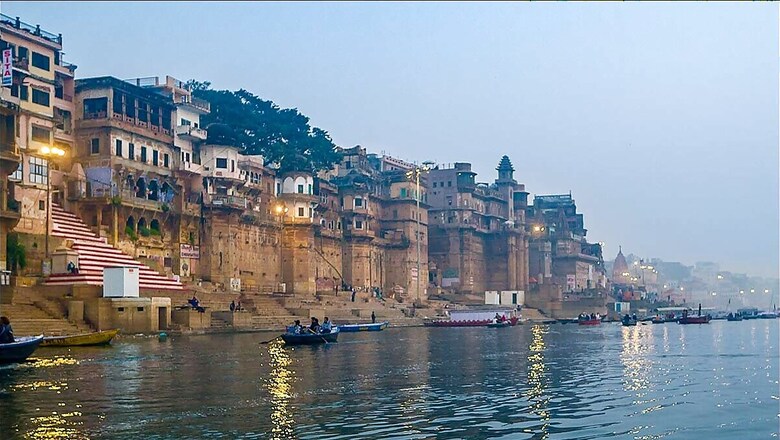
views
In the pursuit of cleaner water bodies across the country, the power of community participation has emerged as an alternative. Every conservation effort that is taken up depends on the active involvement of local communities. It ensures that people are not just passive bystanders but active participants of the conservation efforts. It has been found that this grassroots approach is far more effective than policy-driven conservation. The success lies in the fact that it instills a sense of responsibility and ownership, motivating communities to take practical action.
Sense of ownership
The key to community-driven success lies in allowing communities to develop their own plans. When people participate in the planning process, they develop a sense of ownership and attachment to the conservation efforts while integrating them into government policies. This approach also ensures that the government aligns with the aspirations of people. It makes the government work for the people and not the other way around. When communities invest their time, energy, and resources from the very beginning, they are more committed to sustaining the structures they are part of.
Both national and international organizations have recognized the role of community participation in conserving water bodies. Community involvement enables the enforcement of management measures that would otherwise be challenging to implement. It serves as a protective mechanism for water bodies and through voluntary actions, it monitors, restores, and rehabilitates water bodies. Community participation focuses on environmental education which plays an important role towards the conservation of the environment.
Some success stories
One shining example of community-driven conservation is the Watershed Organisation Trust based in Pune. This initiative has a reach that extends across 3,754 villages and impacts 3.8 million people and farmers across India. Their model centers around community participation in conserving the environment which includes the conservation of water bodies also. They depend on their local volunteers, known as Jal Sevaks, who oversee water conservation efforts in nearby villages. These volunteers implement policies and actively shape the future of their communities.
Similarly In the arid region of Bundelkhand, the Pani-Panchayats have pioneered a volunteer-led initiative known as the Jal Sahelis. These groups are predominantly composed of women shattering the conservative norms about women’s leadership and participation outside household activities. Beyond pond conservation, the Jal Sahelis actively engage in gram panchayat meetings and decision-making regarding water resources.
While many conservation approaches are forward-looking, community efforts to restore ponds and keep water bodies clean are time-tested and have been handed down through generations. These methods effectively help in managing water bodies with minimal capital investment and without ecological side effects. Moreover, community participation develops a sense of common ownership, belonging, communal harmony, and gender equality. The path to cleaner water bodies is by sticking to the collective efforts of people who are the active agents of change.. Community-driven conservation is not just a better way, however, it is the only way forward.




















Comments
0 comment